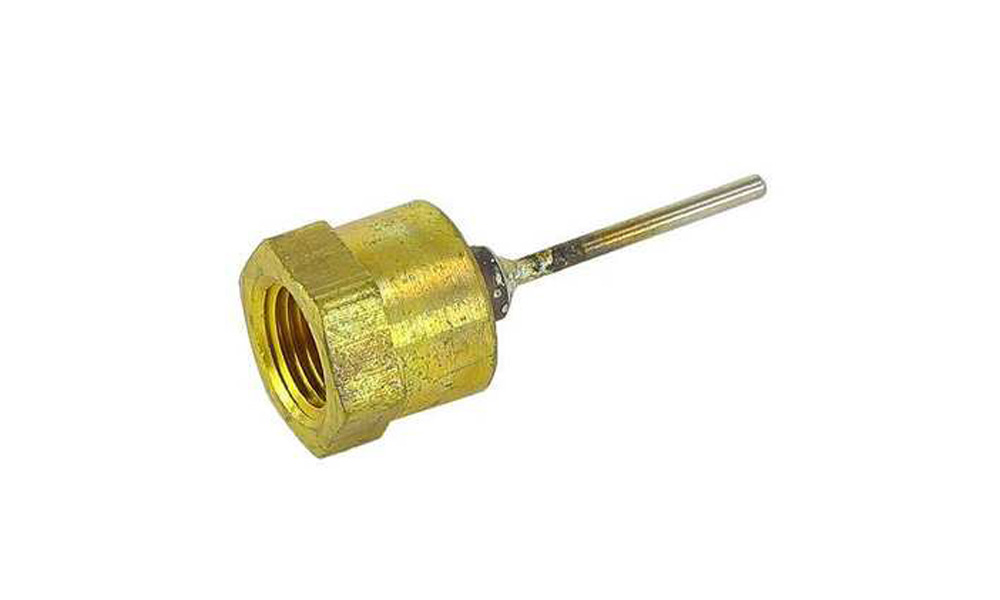In industries where precision is of paramount importance, thread gauges and thread taps are indispensable tools. These precision instruments play a vital role in ensuring that threads are cut or checked with exceptional accuracy. However, to maximize return on investment (ROI), it is imperative to implement cost-efficient practices for the longevity and optimal performance of tools like the Whitworth thread gaugeand UN thread tap.
Regular inspections form the cornerstone of effective tool maintenance. It is imperative that thread gauges and thread taps undergo routine examinations to detect any signs of wear, damage, or corrosion. Any identified irregularities must be promptly addressed to halt any potential deterioration. Furthermore, thorough cleaning is of utmost importance to eliminate contaminants, debris, or residues that could compromise precision. A meticulous cleaning routine is instrumental in keeping the tools in impeccable condition, thereby safeguarding their accuracy over time.
One facet frequently underestimated is the significance of proper storage in tool maintenance. To prevent exposure to moisture and extreme temperatures, thread gauges and thread taps should be stored in a clean, dry, and climate-controlled environment. The use of protective cases or trays is instrumental in shielding them from physical harm and the accumulation of dust. Employing well-labelled storage containers not only aids in swift identification but also contributes to efficient organization, ultimately saving valuable time during usage.
Calibration is a fundamental step in preserving the accuracy of thread gauges and thread taps. Over time, these tools may experience wear and minor deviations in measurements. Regular calibration ensures that they consistently meet stringent industry standards. Calibration intervals should be determined based on usage frequency and the precision requirements of the application.
Lubrication is vital, particularly for tools like UN thread tap. Applying a suitable cutting oil or lubricant during operation reduces friction, heat, and wear on the tool’s cutting edges. It also sustains the tool’s sharpness and prolongs its lifespan. Additionally, applying anti-corrosion coatings or treatments can safeguard against rust and corrosion, especially in humid or corrosive environments.
The longevity of thread gauges and thread taps is closely tied to how they are handled and used. Employing correct techniques during threading operations, such as using the appropriate speed and pressure, minimizes wear and prevents tool damage. Avoiding excessive force or overtightening is crucial to prevent premature wear on the tool’s threads and cutting edges.
Ensuring that personnel are well-trained in the correct usage and maintenance of thread gauges and thread taps is paramount. Training programs should encompass topics like handling, inspection, cleaning, and calibration. Knowledgeable operators are more likely to use these tools correctly and recognize signs of wear or damage early on, contributing to their extended lifespan.
When damage or wear is detected, timely replacement of worn components or necessary repairs is crucial. Suppliers often provide replacement parts for thread gauges and thread taps. Swiftly addressing issues, rather than extending tool use beyond its viable lifespan prevents costly damage to workpieces and maintains consistent precision.

